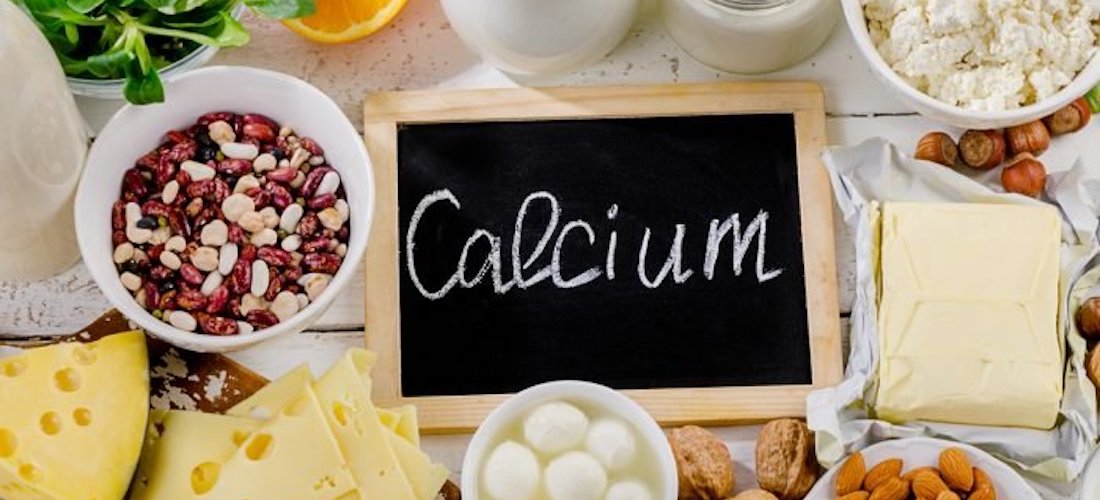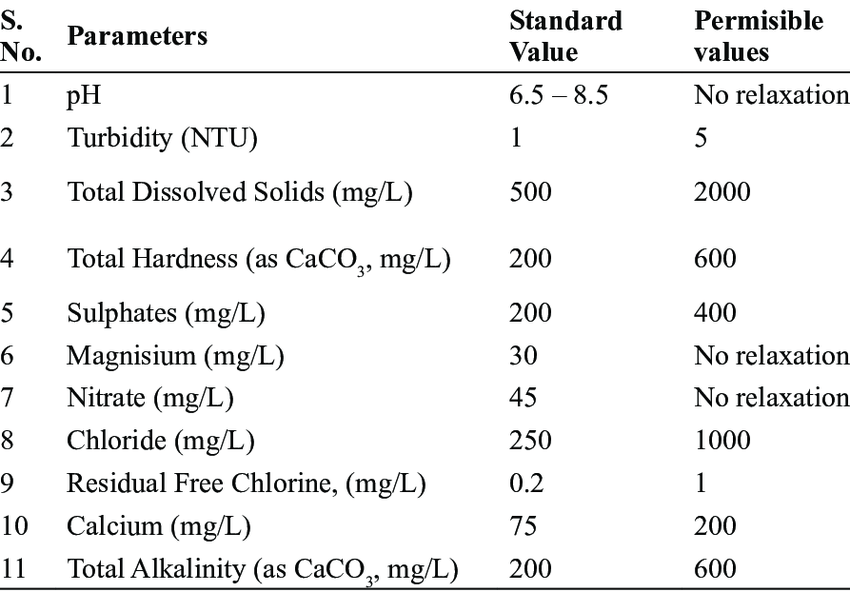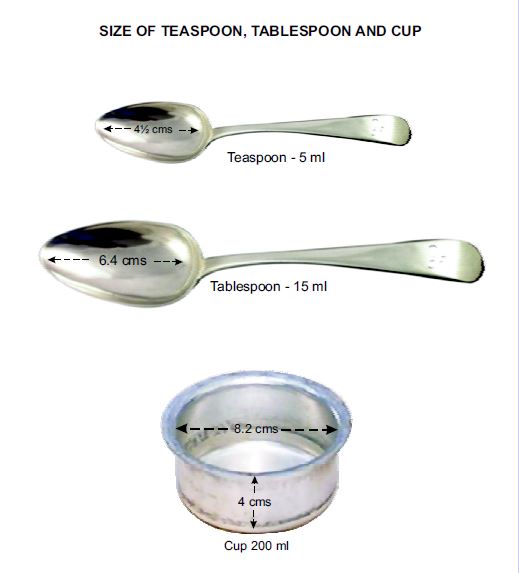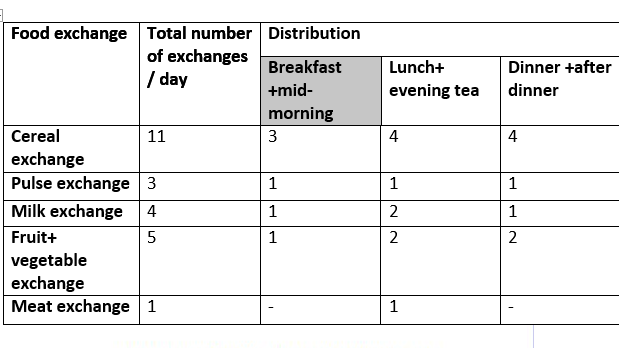This is why you don’t have enough calcium in your body in spite of taking its supplements.
What is Calcium?
Calcium is one of the most vital elements that the human body need, and it is also one that is abundant in our bodies. Calcium is required for the creation of healthy bones. It is incredibly important for people at all ages, from the foetal to the elderly. It is especially important to take it at the prescribed dose throughout the teen age period (10-19 years), because rapid growth occurs during this time and their height is dependent on it. Calcium fulfils both the roles of bone creation and resorption in bone, which is why bone is the body's calcium store (which transfer mineral from blood to bone). Because foetal growth begins at 10 weeks of gestation and continues until the baby reaches full size, calcium must be consumed at an optimal amount during pregnancy. The foetus’s bone development is influenced by the mother's dietary calcium intake; similarly, during nursing, women require extra calcium to maintain their own and their baby's bone growth. As a result, calcium-rich foods such as milk and milk derivatives, millets like ragi, animal food, and green leafy vegetables must be included in one's diet.





